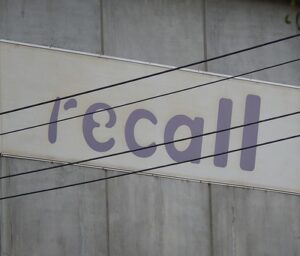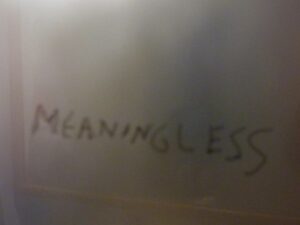Eastern Gateway Community College’s apparent demise doesn’t just affect the students, staff, and faculty of the institution. And it doesn’t just represent a “loss” for the community. When you look at EGCC’s annual financial statements, you get a better idea of the financial tsunami that EGCC is now locked into.
EGCC entered into this deal in 2015. The 2016 year-end financial statement mentions the agreement, almost in passing.
“During the later part of fiscal year 2016, the College piloted an online degree program marketed to Ohio trade unions working with HEP and Pearson. A formalized 5 year agreement was entered into in July of 2016 with HEP and Pearson. The agreement expands the initiative to a nationwide effort in collaboration with the American Federation of State County and Municipal Employees (AFSCME).”
Subsequent financial statements showed EGCC consistently doubling its revenues year-over-year until the music stopped. You would think that would be good for the college, right?
But what the financial statements also showed was EGCC’s growing liabilities – including bond issues, direct loans, and growing unfunded pension liabilities. In 2015, EGCC’s total liabilities, which consisted mainly of unfunded pension liabilities, amounted to $22.5M. Its bond debt at that time was $110,000.
By the end of 2022, EGCC’s liabilities had ballooned to $54M. 58% of that was attributable to pension debt. The liabilities included nearly $15M in new bond debts and $1.4M in tax anticipation notes. A tax anticipation note is a cash loan that is guaranteed by future tax collections. The school’s property tax assessments totaled about $815,000 in 2015. By 2022, the property tax receipts for EGCC were reported as $1.45M. But this local contribution to EGCC’s income was miniscule compared to the revenue that the school was pulling in from the Department of Education.
EGCC Annual Audits Show Enormous Growth, Expenses
At the same time, EGCC purchased and renovated three buildings in Youngstown and made improvements to its two campuses, even though the vast majority of its enrolled students didn’t even live in the State of Ohio.
Even though EGCC goes through an annual audit process, much like WCC does, and the Auditor of State has to sign off on the financial statements, none of that prevented EGCC from having to issue restated financials in both 2017 and 2021. Neither did two separate auditing firms raise concerns about the vast changes in the school’s financial position between 2015 and 2022. None of the Trustees appeared to express any concerns about the school’s rapid growth or the river of cash flowing through it. (The Trustees, by the way, are appointed by the Governor of the State of Ohio.) No one pointed out that the percentage of students receiving institutional financial aid rose from 22% in 2015 to 93% in 2022.
The mechanisms in place to protect an institution (and more directly its taxpayers and the state) didn’t work in this case. Frankly, it’s not clear that they would work in any case. They sound good, but when it comes down to it, not a single trustee or auditor said or did anything to call attention to EGCC’s looming financial disaster. The auditors claimed that the real risks EGCC faced involved bank failures. (Seriously?) No one saw anything remotely wrong with the astounding (and rapid) increases in EGCC’s federal financial aid revenues. It was their job simply to count the money, not to question where it came from.
Audits can’t make up for trustees who don’t do their jobs
The State of Ohio took measures to ensure that its funding formula did not compensate EGCC for enrolling tens of thousands of out-of-state students. It cannot shield itself from the liability of EGCC’s currently unpayable bond debts, its unfunded pension liabilities, and its uncollected tuition revenues.
EGCC President John Crooks intends to discuss the future of EGCC’s faculty and staff with the Board at the next meeting. After all, if the school has no students, who needs the faculty and staff?
The Higher Learning Commission, which has consistently raised concerns about EGCC’s financial picture, has said that it may consider revoking the school’s accreditation after the current semester. (A school without students doesn’t need accreditation, right?) That would have serious implications for students who want to transfer credits from EGCC to another school.
If nothing else, EGCC offers the following lessons: first, there is no such thing as easy money. Milking the federal financial aid system won’t get your institution very far ahead for very long. Second, if you think the system of audits, trustees, and state oversight will prevent acts of malfeasance and nonfeasance at your institution, you’re sorely mistaken. If anything, it should demonstrate that the annual audits and trustee board meetings are little more than performative exercises designed more to check a box than prevent rogue administrators from damaging the institution.
Third, when an institution’s trustees do not take their oversight responsibilities seriously, there is no other defense against poor administration. EGCC’s financial statements show hundreds of millions of dollars moving through it over a period of seven years. EGCC can account for all the debts. The question is, Where did the money go?
Photo Credit: Ged Carroll , via Flickr
























